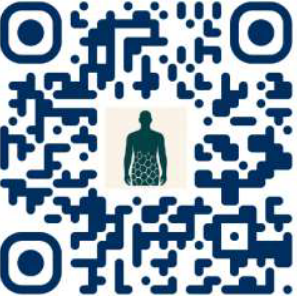Richard Blake found himself reflecting on the quiet pride he felt in his team.
They weren’t lagging behind on AI like so many others.
They had access to the tools. They had the budget. They had his full support — even active encouragement — to explore, test, implement.
So when the internal metrics started softening — slower delivery, more rework, less energy in the room — he didn’t connect the dots straight away.
No one pushed back. But no one leaned in either. The silence was a kind of resistance.
ThriveWorks was known for helping clients streamline, automate, and modernise.
They delivered future-ready systems for others — but hadn’t built one for themselves.
The irony hit hard. Richard realised: they were like the builder whose house is never finished. The mechanic whose car rattles at every turn. Delivering innovation while standing still.
He had assumed AI was taking root internally. It wasn’t.
A stat from the Microsoft 2024 Work Trend Index jumped off the screen:
“Only 26% of companies have an AI strategy in place, yet 75% of employees are already experimenting with it on their own.”
That should’ve reassured him — they were supposed to be part of the 75%.
But when he dug deeper, Richard realised something confronting:
He’d assumed AI was taking root... but there was no real evidence.
He asked his Head of Ops what was going on. Her response was immediate:
“People are curious. But no one’s sure what’s allowed. Or where it fits. Or whether it’ll even help.”
This became a blind spot for Richard — and likely for many other leaders too — especially in tech.
We think once we’ve given access, permission, and budget, the job is done.
But meaningful adoption doesn’t happen because of availability.
It happens because people feel confident, supported, and clear.
Because the systems they work in have space to change.
It’s not just about rolling out a tool — it’s about making sure your team is emotionally and structurally ready to work differently.
And that’s where they’d fallen short.
Richard didn’t need help picking AI tools. They already knew what was out there.
But he did need someone to help them figure out why, despite everything being in place, nothing was shifting.
That’s when he brought in Aruka.
They didn’t show up with a generic AI roadmap.
They started by listening:
Where was energy stuck?
Where was fear hiding?
Which workflows were still wired for the past?
Aruka helped surface what Richard hadn’t seen:
The problem wasn’t motivation — it was quiet resistance.
And the solution wasn’t pressure — it was trust, clarity, and small structural shifts.
The result? Not some dramatic AI rollout.
But a steady, quiet restoration of purpose and performance — so that the tools could finally take root.
You’ve said yes to AI. Your team has the tools.
But somehow... nothing’s changed.
If that’s true, don’t just look at the tech.
Look at the people.
Look at the processes they’re still stuck inside.
Your team might not be consciously resisting.
They might just be cautious, unclear, or overloaded.
And that’s not a tech problem.
That’s a leadership one — the kind that may need restoration — and, in parts, reinvention too.
Let’s talk.
Not about tools — about terrain.
Not about trends — about truth.
We help teams like yours clear the road so change can land where it counts.
